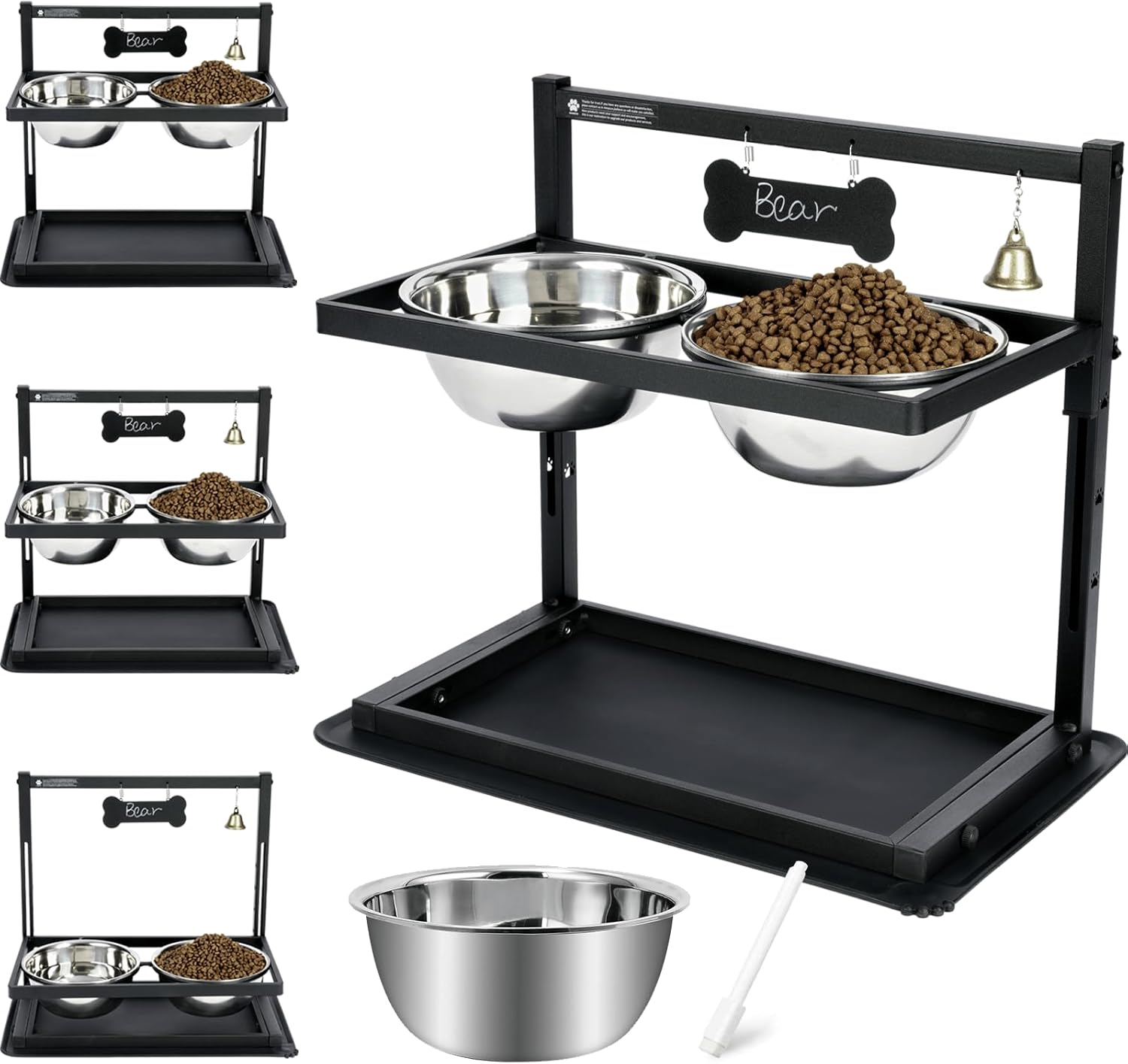How to Train a Dog to Alert to Medical Issues (Seizures, Hypoglycemia)
Training a dog to alert to medical issues, such as seizures or hypoglycemia (low blood sugar), can significantly improve the quality of life for individuals living with these conditions. These service dogs are trained to detect subtle changes in their handler’s body odor or behavior, often before the person becomes aware of the issue. This can allow the person to take necessary actions, such as seeking help, administering medication, or preparing for a seizure.
Training a medical alert dog requires patience, consistency, and understanding of the specific medical condition you wish the dog to recognize. This guide will walk you through the process of training a dog to alert to conditions like seizures or hypoglycemia, covering everything from the basics of scent training to reinforcing the alert behavior.
Step-by-Step Guide to Training a Dog to Alert to Medical Issues
1. Assess the Dog’s Temperament
Not all dogs are suited for medical alert work. The ideal candidate is a dog that is calm, responsive, and eager to please. Additionally, the dog should have a strong sense of smell and be comfortable with various training environments. Breeds commonly used for medical alert dogs include Labrador Retrievers, Golden Retrievers, and Poodles, but other breeds can be trained as well.
A good medical alert dog should:
- Be highly trainable and responsive to commands.
- Exhibit calmness in stressful or noisy environments.
- Be non-aggressive and friendly towards strangers and other animals.
- Have a keen sense of smell, as scent recognition is critical.
2. Begin with Basic Obedience Training
Before introducing medical alert training, ensure the dog has a solid foundation in basic obedience. This includes:
- Sit
- Stay
- Come
- Heel
- Down
- Leave it
Basic obedience training is essential as it ensures the dog is under control and responsive to commands in various environments, which is crucial when training for specific medical alerts.
3. Introduce Scent Training
One of the most important aspects of medical alert training is scent recognition. Dogs are highly sensitive to changes in body chemistry, including those that occur before a medical issue like a seizure or low blood sugar episode.
For example, dogs trained to detect hypoglycemia can recognize the distinct scent that accompanies low blood sugar levels. Seizure-alert dogs can pick up on changes in body odor or behavior that signal an impending seizure.
To begin scent training:
- Expose the dog to the target scent: Use a sample of your blood, saliva, or another sample associated with the medical issue. You can also use a synthetic scent if it is available.
- Reward the dog for identifying the scent: Start by allowing the dog to sniff the scent sample. When the dog shows interest in the scent, immediately reward them with a treat and praise.
- Repetition: Repeat this process consistently to help the dog make a positive association between the scent and the reward.
4. Train the Dog to Alert the Handler
Once the dog has been exposed to and successfully identifies the target scent, it’s time to teach them how to alert you when they detect a medical issue. The alert can take many forms, including:
- Nudging: The dog may nudge the handler with their nose.
- Barking: The dog may bark or whine to get the handler’s attention.
- Pawing: Some dogs may paw at the handler or an object like a door or light switch to alert them.
- Tapping: Some service dogs tap the handler with their paw to alert them to an issue.
To train the alert behavior:
- Expose the dog to the target scentwhile performing their alert behavior. When the dog detects the scent (either through scent recognition or by observing the handler's behavior), reward them for alerting you.
- Use commands: You can teach the dog a command such as “alert” or “notify” to prompt the dog to start the alert behavior.
- Reinforce the behavior: Each time the dog successfully alerts you, offer a reward (treats, praise, toys). This reinforces the alert behavior.
5. Generalize the Training to Real-Life Scenarios
Medical alert dogs need to be able to perform their tasks in a variety of environments and situations. Begin by exposing the dog to different settings—such as at home, in public places, and in stressful situations—where they will need to respond to medical issues.
- Create simulations: Set up scenarios where the dog needs to alert you during various daily activities. For example, simulate a low blood sugar episode by showing signs of shaking or dizziness, or simulate the onset of a seizure by acting out physical symptoms.
- Practice in different locations: Take the dog on outings to expose them to new environments, such as grocery stores, parks, or crowded areas. This helps the dog generalize the training to various locations.
- Reinforce alerting in real situations: If you experience a medical episode (such as a drop in blood sugar or a seizure), ensure that the dog is rewarded when they perform the alert behavior. If the dog does not respond correctly, don’t punish them, but return to basic training and practice more.
6. Teach the Dog to Seek Help (Optional)
For some medical alert dogs, it may be necessary for them to learn how to seek help if the handler is unresponsive or unable to take action. For example, a seizure alert dog may be trained to run for help, find a family member, or even activate an emergency button if the handler falls unconscious.
To train this behavior:
- Teach the dog how to fetch an item (such as a phone or a medical alert button).
- Reward the dog for bringing the item back to you or to another person.
7. Consistent Reinforcement and Maintenance
Training a medical alert dog requires ongoing reinforcement. Regular training sessions and continued exposure to medical situations will help the dog stay proficient in recognizing and alerting to medical issues.
- Revisit the scent training regularlyto ensure the dog continues to respond accurately.
- Praise and reward the dog for correct alertsand reinforce them with treats, toys, and verbal praise.
- Stay consistent with commands and responsesto ensure the dog remains confident in their role.
8. Seek Professional Help if Needed
While it’s possible to train a medical alert dog yourself, it can be beneficial to work with a professional trainer experienced in medical alert service dogs. Professional trainers have the knowledge and expertise to ensure the dog receives the correct training and is prepared to respond to medical issues reliably.
Conclusion: Empowering Your Dog to Help with Medical Needs
Training a dog to alert to medical issues, such as seizures or hypoglycemia, can dramatically improve the safety and well-being of individuals living with these conditions. Through consistent training, scent recognition, and behavior reinforcement, a dog can become a highly skilled medical alert service dog. Remember that the training process requires time, patience, and consistency, but the bond that forms between you and your dog, as well as the independence and peace of mind it provides, are well worth the effort.
Affiliate Products



